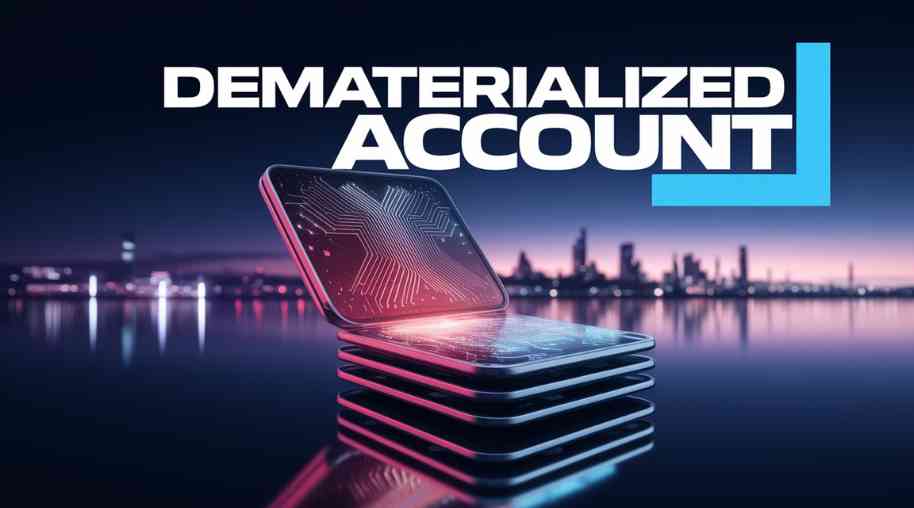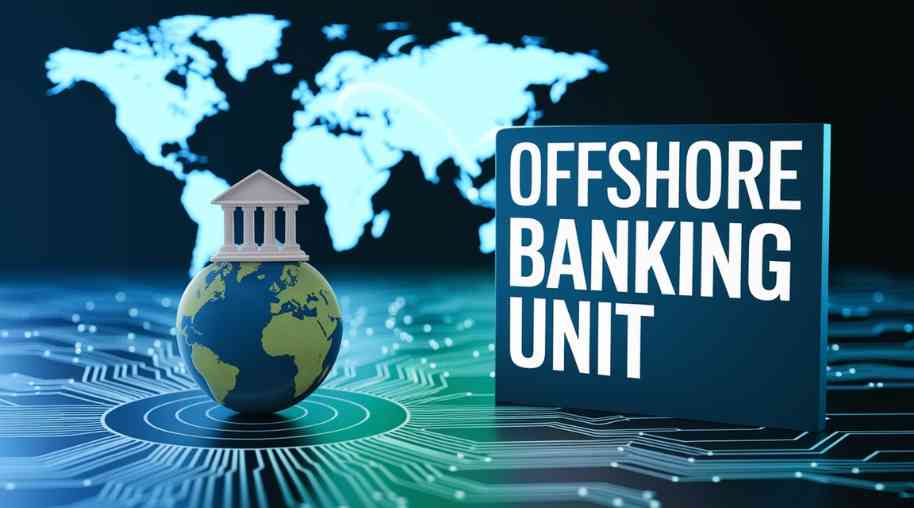DMAT Full Form - Dematerialized Account
by Shashi Gaherwar
0 1806
Understanding the Dematerialized Account (Demat Account): Simplifying Modern Investing
The Dematerialized Account (Demat Account) is a vital tool for investors, enabling electronic storage of securities like shares, bonds, and mutual funds. It streamlines stock market transactions, making investing secure and efficient.

This article explores the concept, benefits, opening process, and future of the Demat Account.
What is a Dematerialized Account?
A Dematerialized Account (Demat Account) stores securities electronically, eliminating physical certificates. Managed by depositories like NSDL and CDSL in India, it facilitates fast, safe stock trading for investors.
Benefits of a Dematerialized Account
The Demat Account offers significant advantages:
- Eliminates Physical Certificate Risks: Prevents loss, theft, or damage of share certificates.
- Easy and Fast Transactions: Automatically credits/debits securities during trades.
- Lower Costs and Paperwork: Reduces stamp duty and handling fees.
- Seamless Online Trading: Enables trading via online platforms.
- Access to Multiple Securities: Holds stocks, bonds, and mutual funds in one account.
- Reduces Fraud: Minimizes risks of forgery with digital storage.
- Corporate Benefits: Automatically credits dividends and bonuses.
How to Open a Demat Account
Opening a Demat Account involves:
- Choose a Depository Participant (DP): Select a registered bank or broker.
- Submit Documents: Provide proof of identity, address, bank details, and photos.
- Complete KYC Process: Verify via in-person or online authentication.
- Receive Account Details: Get login credentials to start trading.
Types of Dematerialized Accounts
Demat Accounts include:
- Regular Demat Account: For resident Indian investors.
- Repatriable Demat Account: For NRIs with NRE accounts, allowing fund transfers abroad.
- Non-Repatriable Demat Account: For NRIs with NRO accounts, restricting transfers.
Common Charges Associated with a Demat Account
Fees include:
- Account Opening Charges: One-time fee.
- Annual Maintenance Charges (AMC): Yearly maintenance fees.
- Transaction Charges: Fees for buying/selling securities.
- Dematerialization Charges: For converting physical shares to electronic form.
How to Use a Demat Account for Trading
Trading with a Demat Account involves:
- Link to Trading Account: Connect for market transactions.
- Place Orders: Trade via brokers or online apps.
- Automatic Updates: Securities credited/debited post-trade.
- Monitor Portfolio: Track investments for risk management.
Challenges of a Dematerialized Account
Challenges include:
- Account Maintenance Fees: Ongoing costs for small investors.
- Security Risks: Vulnerability to cyber threats.
- Market Volatility: Impacts investment value.
- Inactive Account Penalties: Fees or reactivation for unused accounts.
Future of Dematerialized Accounts
Future trends include:
- AI and Big Data Integration: Enhanced investment insights.
- Improved Security: Stronger measures against cyber fraud.
- Digital Assets: Support for cryptocurrencies and tokenized stocks.
- User-Friendly Platforms: Simplified trading via fintech apps.
The Dematerialized Account (Demat Account) is essential for modern investing, offering convenience and security in stock trading. With technological advancements, it will continue to make financial markets accessible and efficient for all investors.
Further Learning Resources
If you’re passionate about building a successful blogging website, check out this helpful guide at Coding Tag – How to Start a Successful Blog. It offers practical steps and expert tips to kickstart your blogging journey!
For dedicated UPSC exam preparation, we highly recommend visiting www.iasmania.com. It offers well-structured resources, current affairs, and subject-wise notes tailored specifically for aspirants. Start your journey today!

Share:








Comments
Waiting for your comments